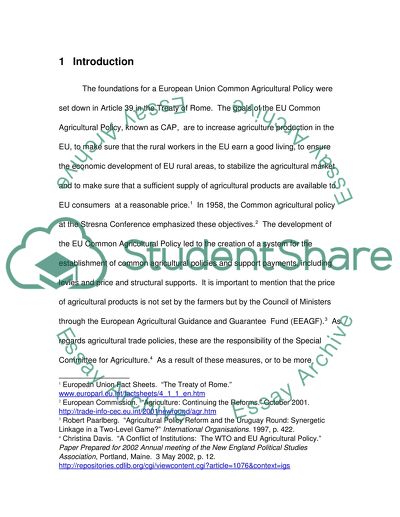Cite this document
(European Union Common Agricultural Policy Report, n.d.)
European Union Common Agricultural Policy Report. https://studentshare.org/agriculture/1519366-eu-common-agricultural-policy
European Union Common Agricultural Policy Report. https://studentshare.org/agriculture/1519366-eu-common-agricultural-policy
(European Union Common Agricultural Policy Report)
European Union Common Agricultural Policy Report. https://studentshare.org/agriculture/1519366-eu-common-agricultural-policy.
European Union Common Agricultural Policy Report. https://studentshare.org/agriculture/1519366-eu-common-agricultural-policy.
“European Union Common Agricultural Policy Report”. https://studentshare.org/agriculture/1519366-eu-common-agricultural-policy.


